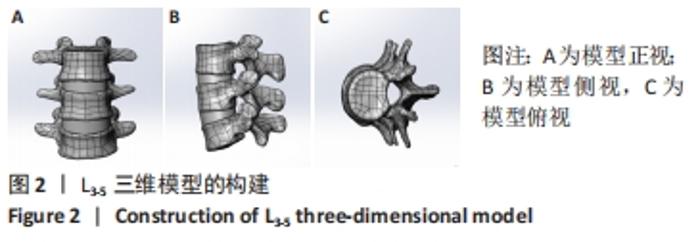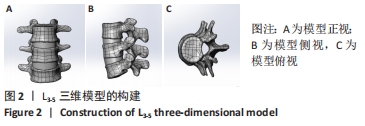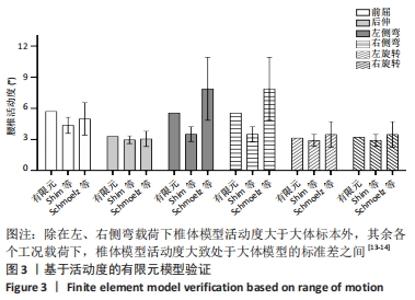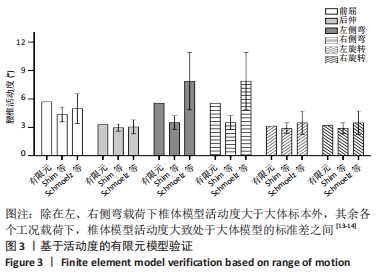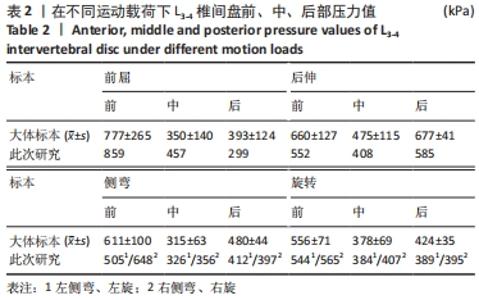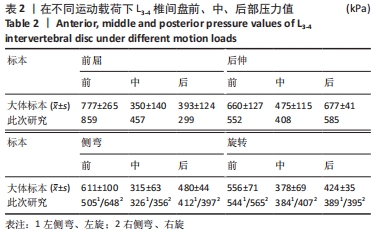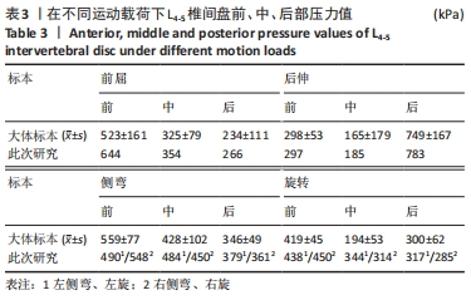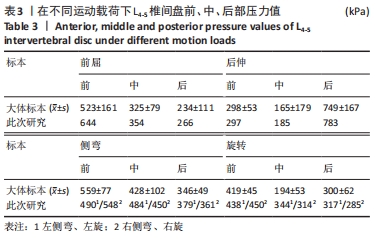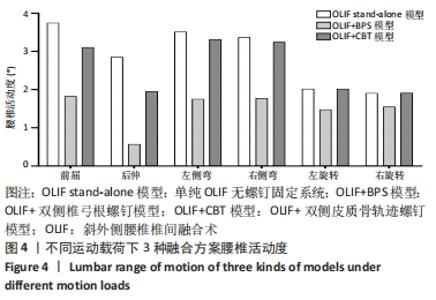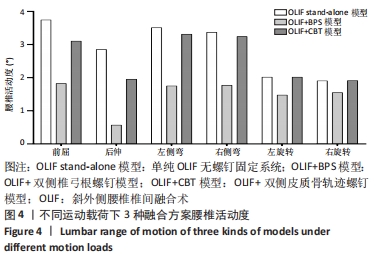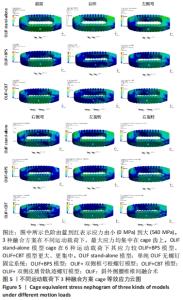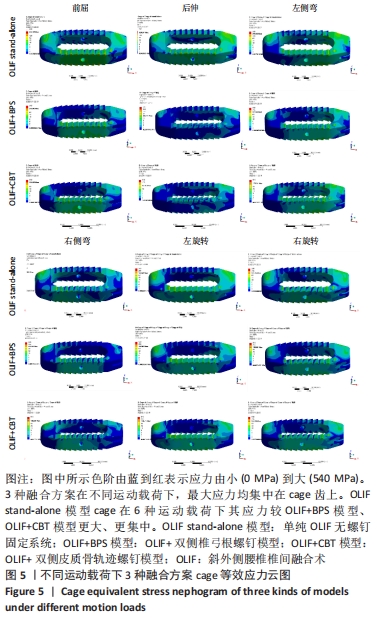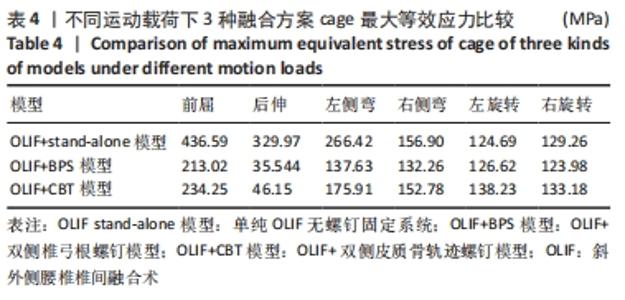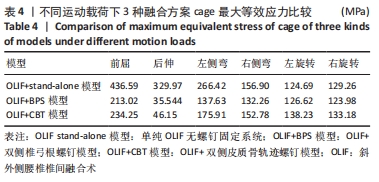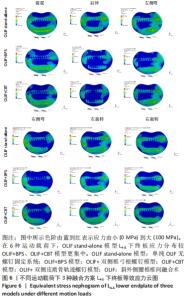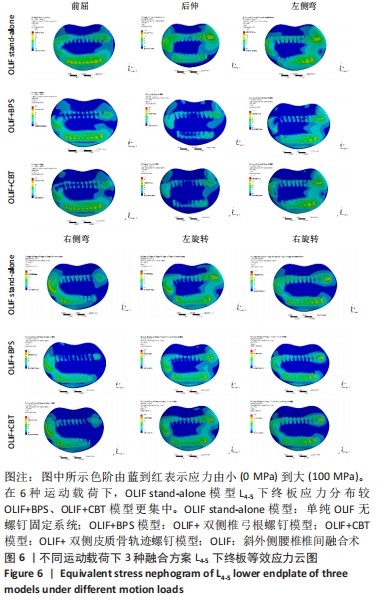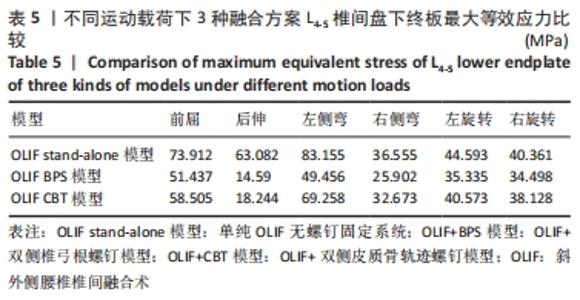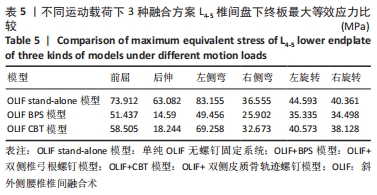[1] MAYER HM. A new microsurgical technique for minimally invasive anterior lumbar interbody fusion. Spine (Phila Pa 1976).1997;22(6): 691-699,700.
[2] SILVESTRE C, MAC-THIONG JM, HILMI R, et al. Complications and Morbidities of Mini-open Anterior Retroperitoneal Lumbar Interbody Fusion: Oblique Lumbar Interbody Fusion in 179 Patients. Asian Spine J. 2012;6(2):89-97.
[3] SONG C, CHANG H, ZHANG D, et al. Biomechanical Evaluation of Oblique Lumbar Interbody Fusion with Various Fixation Options: A Finite Element Analysis. Orthop Surg. 2021;13(2):517-529.
[4] 李晖, 彭丹. 骨水泥强化椎弓钉治疗骨质疏松胸腰椎退行性病[J]. 中国矫形外科杂志,2020,28(23):2150-2154.
[5] MARIE-HARDY L, PASCAL-MOUSSELLARD H, BARNABA A, et al. Screw Loosening in Posterior Spine Fusion: Prevalence and Risk Factors. Global Spine J. 2020;10(5):598-602.
[6] SHI S, YING X, ZHENG Q, et al. Application of Cortical Bone Trajectory Screws in Elderly Patients with Lumbar Spinal Tuberculosis. World Neurosurg. 2018;117:e82-e89.
[7] 沈俊宏, 王建, 刘超, 等. 斜外侧腰椎间融合术治疗退变性腰椎疾病的并发症和早期临床结果[J]. 中国脊柱脊髓杂志,2018,28(5):397-404.
[8] KIM KT, SONG MG, LEE EC, et al. Can the cortical bone trajectory screw technique be an alternative method to the pedicle screw in posterior lumbar fusion? A systematic review and metaanalysis. Acta Orthop Traumatol Turc. 2021;55(6):552-562.
[9] PINTAR FA, YOGANANDAN N, MYERS T, et al. Biomechanical properties of human lumbar spine ligaments. J Biomech.1992;25(11):1351-1356.
[10] 常铭政, 段康颖, 王连雷, 等. 基于CT数据的腰椎皮质骨轨迹螺钉经皮置入的可行性研究[J]. 中华骨科杂志,2022,42(1):34-40.
[11] SAKAURA H, MIWA T, YAMASHITA T, et al. Cortical bone trajectory screw fixation versus traditional pedicle screw fixation for 2-level posterior lumbar interbody fusion: comparison of surgical outcomes for 2-level degenerative lumbar spondylolisthesis. J Neurosurg Spine. 2018;28(1):57-62.
[12] 文兵, 杜瑛, 胡良波, 等. 磁共振对BMI正常人群髓核体积的测量与临床应用研究[J]. 中国医学计算机成像杂志,2016,22(4):346-350.
[13] SCHMOELZ W, ONDER U, MARTIN A, et al. Non-fusion instrumentation of the lumbar spine with a hinged pedicle screw rod system: an in vitro experiment. Eur Spine J. 2009;18(10):1478-1485.
[14] SHIM CS, PARK SW, LEE SH, et al. Biomechanical evaluation of an interspinous stabilizing device, Locker. Spine (Phila Pa 1976). 2008; 33(22):E820-E827.
[15] WANG K, ZHANG C, WU H, et al. The Anatomic Characteristics of the Retroperitoneal Oblique Corridor to the L1-S1 Intervertebral Disc Spaces. Spine (Phila Pa 1976). 2019;44(12):E697-E706.
[16] 高显达, 马雷, 赵若宇, 等. 单节段斜外侧腰椎间融合术后腰痛的危险因素分析[J].中华骨科杂志,2021,41(18):1342-1349.
[17] 钟建斌,张凯伦,赵波捷,等.腰椎邻椎病的危险因素及治疗进展[J].中国骨与关节杂志,2020,9(7):555-559.
[18] SONG T, HSU WK, YE T. Lumbar pedicle cortical bone trajectory screw. Chin Med J (Engl). 2014;127(21):3808-3813.
[19] 张世浩, 谭亮, 林云志, 等. OLIF联合皮质骨轨迹螺钉治疗腰椎退行性疾病的临床疗效分析[J].中国临床解剖学杂志,2020,38(2): 198-201,207.
[20] MATSUKAWA K, YATO Y, HYNES RA, et al. Cortical Bone Trajectory for Thoracic Pedicle Screws: A Technical Note. Clin Spine Surg. 2017;30(5): E497-E504.
[21] EGUCHI Y, ORITA S, YAMADA H, et al. Pilot study of oblique lumbar interbody fusion using mobile percutaneous pedicle screw and validation by a three-dimensional finite element assessment. J Clin Neurosci. 2020;76:74-80.
[22] 魏源标, 郭惠智, 张顺聪. 皮质骨轨迹螺钉固定对相邻节段影响的有限元分析[J].中国组织工程研究,2021,25(18):2799-2804.
[23] 丁红涛, 海涌, 刘玉增, 等. 腰椎后路融合术应用皮质骨轨迹螺钉内固定对邻近节段退变的影响[J]. 中华医学杂志, 2020, 100(43):3437-3442.
[24] DU CF, CAI XY, GUI W, et al. Does oblique lumbar interbody fusion promote adjacent degeneration in degenerative disc disease: A finite element analysis. Comput Biol Med. 2021;128:104122.
[25] 中华医学会骨科学分会脊柱外科学组. 腰椎斜外侧椎间融合术的临床应用指南[J]. 中华骨科杂志,2020,40(8):459-468.
|
